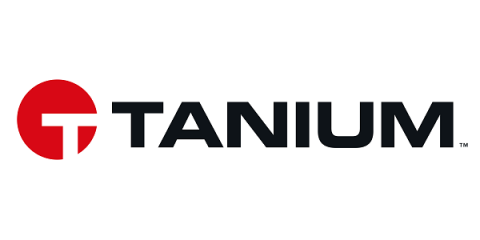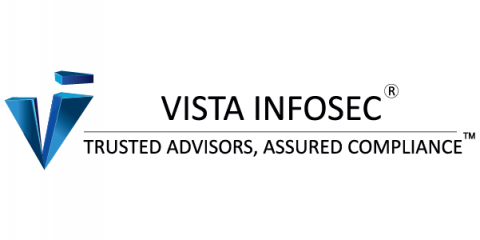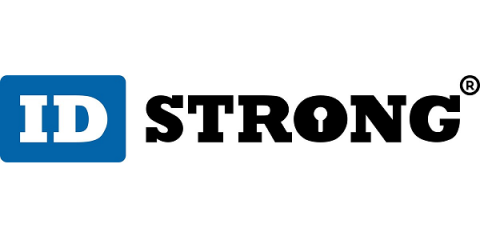How To Use Tanium To Respond to the Australian PSPF Direction 002-2024 (Technology Stocktake)
On July 8, 2024, Australian Home Affairs Secretary Stephanie Foster issued a series of formal directions under the Protective Security Policy Framework (PSPF) instructing each federal government body to identify and mitigate potential cyber risks amidst rising concerns for foreign interference.











